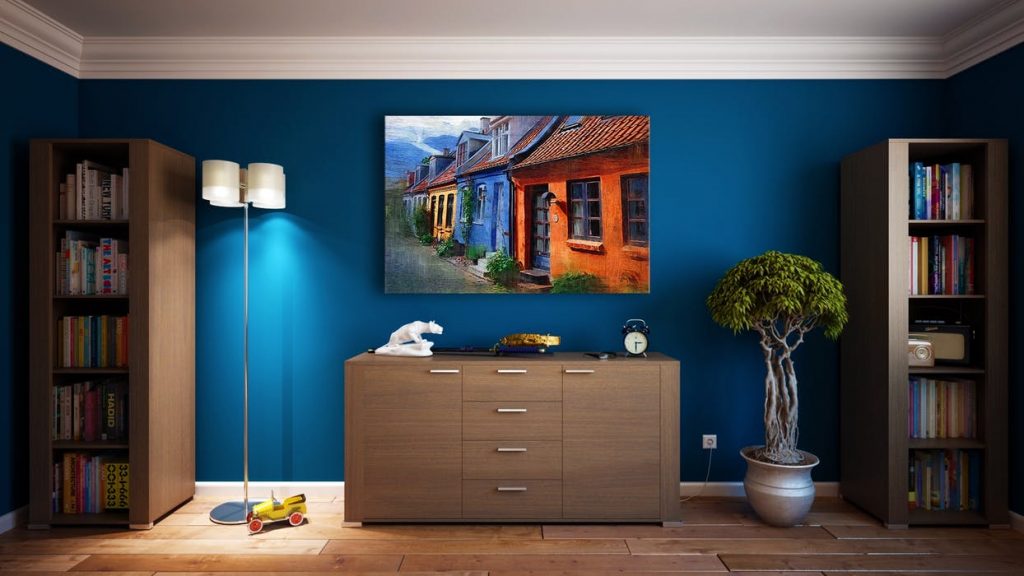So you’re thinking of adding some decorative accents to your ceiling or baseboard, but don’t quite know where to start. The good news is that adding a decorative cap can create an elegant look promoting balance, weight, and style to your rooms. But, it can be tricky to decide what would look best with your home. There is a right size to every room and ceiling height, which the molding should compliment the style of your home. You don’t want to add a modern molding to a Victorian style house, just as you wouldn’t add an ornate crown molding to a contemporary style house. There is a fine line of what is a beautiful accent and what is a gaudy, tacky mistake. When choosing your molding, there are a few things to really think about before just buying whatever is on sale at a local store.

Work With Your Home’s Style
Like I mentioned above, you want to compliment the style of your home. A Victorian home typically features a detailed crown molding, while a contemporary home should incorporate a more simple style. That doesn’t mean you couldn’t mix and match the different styles, but it is important to have a steady balance so that your decorative features do not overpower the room making it small, or down right unattractive. You want to incorporate all the elements of the room from the color to the layout to the furnishings. Having everything work together will create a harmonious style that will surely bring the room together.
‘Go Big or Go Home’ Does Not Apply Here
Understanding that there is a right size molding for the ceiling height of a room is one of the first aspects to finding the right molding. Having a thick, chunky seven inch molding in a room that may only be eight feet will cramp the room, making it look much smaller than it is. The rule that applies here is the higher the ceiling, the bigger the molding. See the chart below for the recommended molding size in accordance to ceiling height.
Wood Molding Does Not Do Well With Moisture Areas
In case you didn’t know this, wood does not do well with water and moisture. If you are considering molding for your bathroom, kitchen, or any utility area that features a lot of water usage, it’s best to stay away from wood molding all together. Moisture will cause the wood to warp or rot making your installation essentially useless and a waste of money. Rather, consider adding a plastic molding. Plastic moldings come in a variety of colors, detail, and can be manipulated to look like any material… even wood.
Don’t Wait to Paint
You do not want to install your molding, then paint it. Honestly, it’s just a terrible idea. For one thing, it’s going to create a hassle for you, and probably cause you more work than you wanted. Simply stated: just paint or stain your moldings before you install them. Or, you can always choose a plastic molding that offers a variety of stains and colors, ready for installation immediately.


